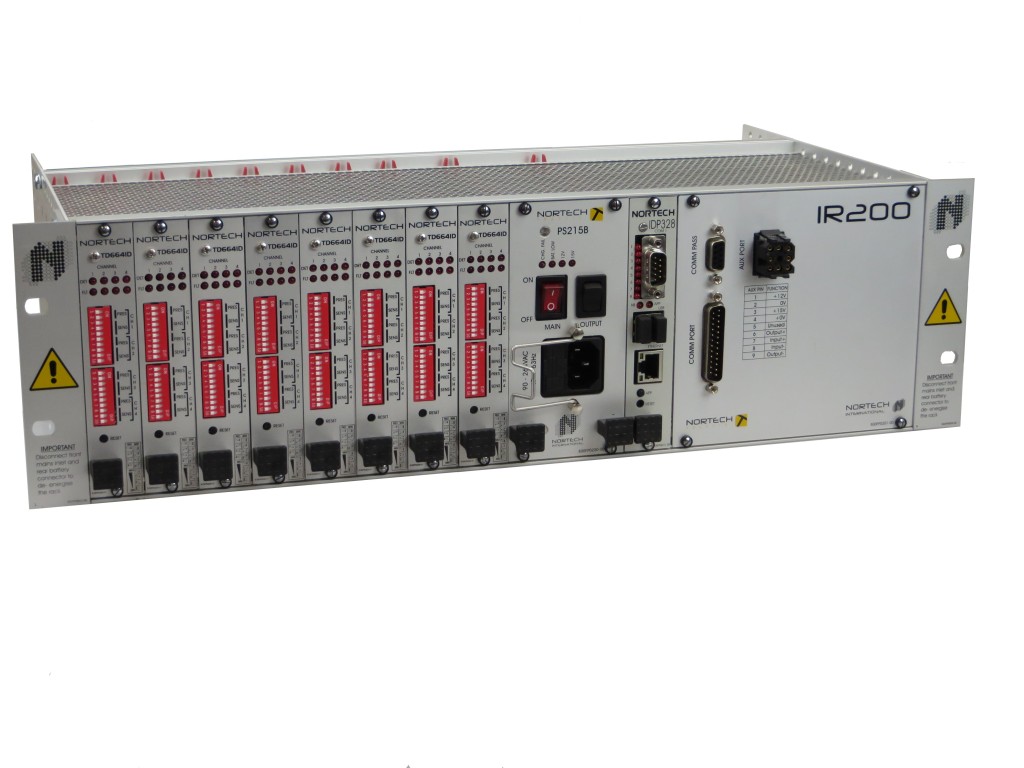IR200 Intelligent vehicle detector
The IR200 incorporates the latest technology to collect traffic data by means of buried inductive loops. The all new IR200 design is based on a highly successful family of Nortech Motorway detection systems in extensive use in Australia and elsewhere.
The IR200 will collect, store and report multi-lane traffic data derived from 32 loops (or 16 lanes in speed measurement mode) at vehicle speeds to 200km/h.
Traffic data is comprised of individual vehicle data events or average flow data relating to traffic volume, speed, length, vehicle headway and percentage traffic occupancy.
The IR200 incorporates incident detection capability implemented at the roadside. Using the TRRL HIOCC algorithm, the equipment monitors traffic occupancy per lane on a second-by-second basis and provides traffic incident alarms calculated from configurable alarm variables downloaded from the host computer.
The IR200 design philosophy is based on providing reliable state of the art hardware backed up by extensive fault diagnostics capability to ensure a reliable / accurate and fully functional installation.
New hardware additions to the IR200 include a real-time clock and local data storage capability. A new web browser interface allows simplified interrogation of the roadside equipment, allowing rapid configuration of all operating parameters and the viewing of real-time traffic data, diagnostic information and fault logs.
Update: The IR200 has been approved as an acceptable product in both the “Vehicle Classifiers and Counters” as well as the “Traffic Detector/Traffic Flow Monitor” categories in the RMS TS200 “Register of ITS Field Equipment” (Ed 2/ Rev 3 March 2018)
ENHANCED FEATURES
“Smarter” detectors – The TD664 vehicle detectors incorporate AFS (Automatic Frequency Selection).
The AFS circuitry on each 4 channel card evaluates multiple possible frequency shift selections and automatically chooses the best frequency setting for each loop on start-up
Additional lane capacity – The IR200 can monitor 32 loops (or 16 lanes in speed measurement mode) at vehicle speeds to 200kmH.
Advanced diagnostics – a web browser interface provides real-time diagnostics and operational performance monitoring.
Enhanced Communication options – RS232, RS485 and Ethernet port on the IDP328 Processor card.
Protocol compatibility – backward compatible with all existing IR100 protocol options.
HIOCC Incident algorithm – implemented at the roadside with individual lane configuration.
Austroads Vehicle length classification – optional.
Individual vehicle reporting of speed, length and headway.
Non-volatile memory storage – configuration data stored locally eliminating the need for remote reconfiguration following a power failure
Traffic Data logging – NTP-synced traffic data can be stored locally (USB device) or uploaded to a server via FTP


